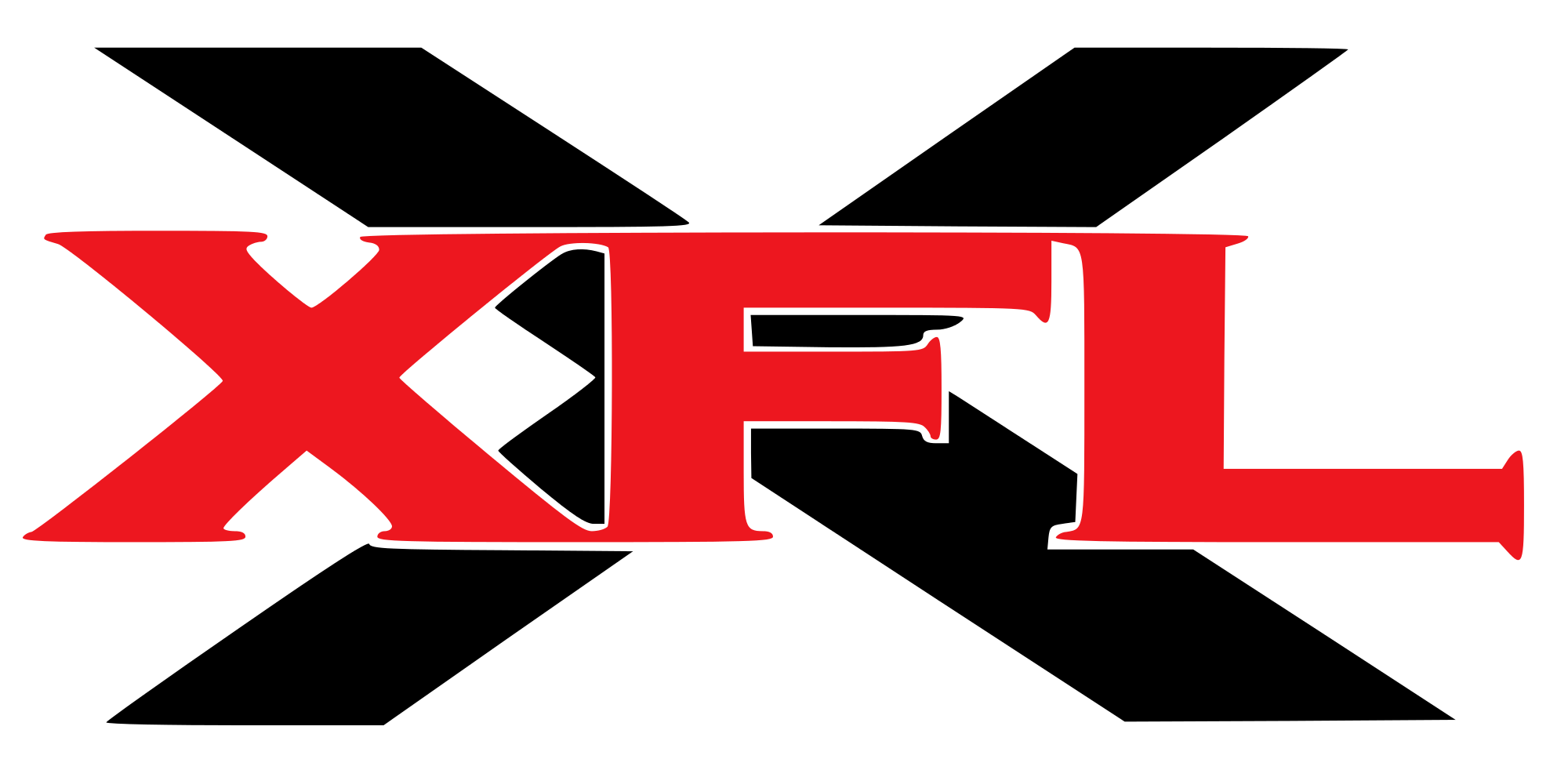In 2020, the XFL will be revived by the chairman and CEO of WWE, Vince McMahon. The first incarnation of the league left behind a legacy of missteps, questionable decisions and failure, but added new innovations to the game that the NFL uses to this day.
The XFL was first introduced in 2000 by McMahon and then-chairman of NBC Sports, Dick Ebersol. They pushed the concept as a more fun alternative to the NFL, which McMahon christened as the “no fun league.”
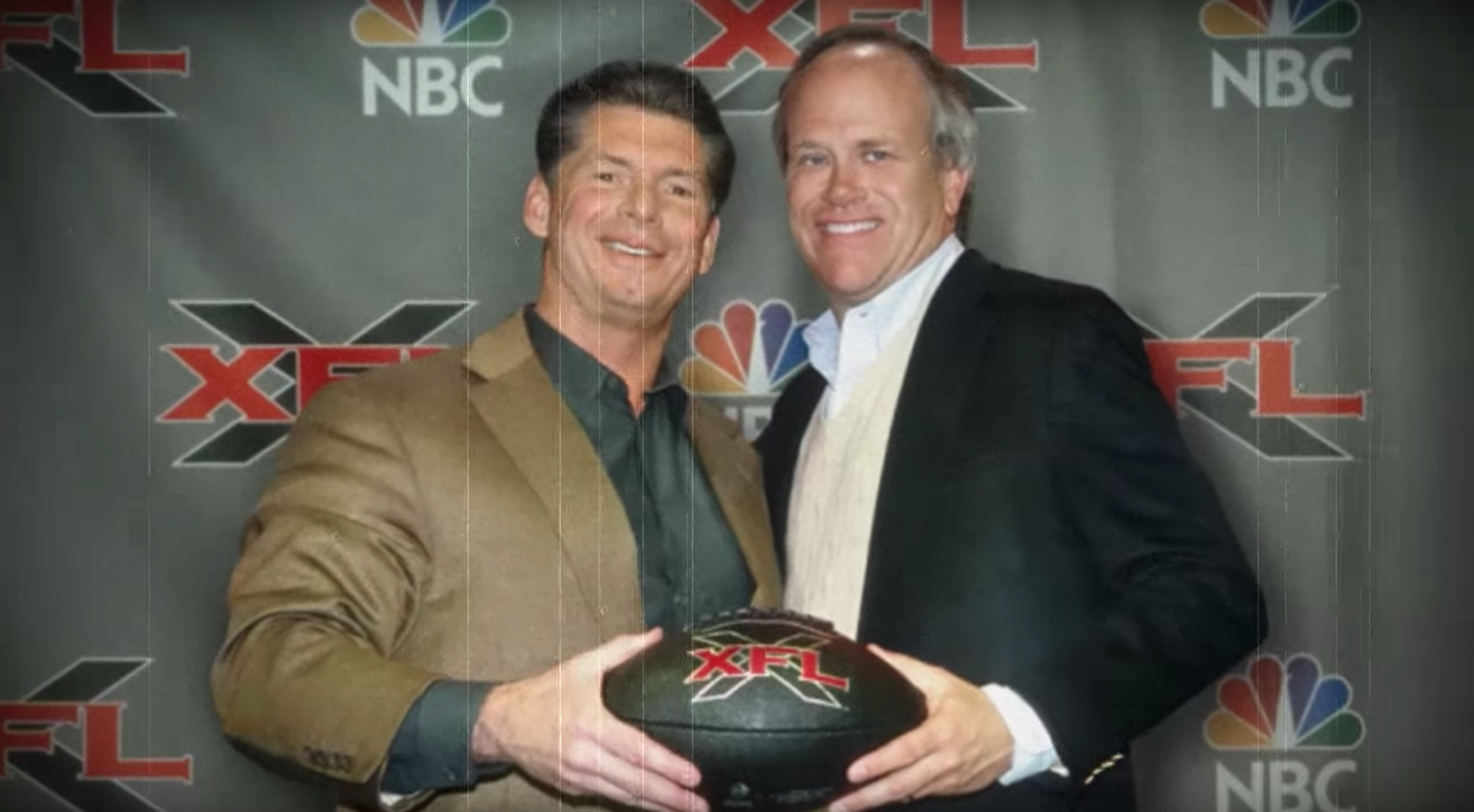 It ran for one 10 game season with strong ratings for the first week’s games. The debut game had 54 million views, compared to the 84 million Super Bowl XXXV drew. Afterwards, ratings tanked due to poor quality of play, and negative reactions from fans and sports media.
It ran for one 10 game season with strong ratings for the first week’s games. The debut game had 54 million views, compared to the 84 million Super Bowl XXXV drew. Afterwards, ratings tanked due to poor quality of play, and negative reactions from fans and sports media.
The league had an ever changing rulebook that included no fair catches (a major part of the marketing campaign), no point-after kicks and the controversial opening scramble.
The scramble replaced the coin toss at the beginning of games. One player from each team would line up on the 30 yard line, and fight to retrieve a football sitting at midfield. At the sound of a whistle they’d rush to the ball, and whoever got it chose their possession.
This resulted in many injuries. It included Orlando Rage’s free safety Hassan Shamsid-Deen, who separated his shoulder in the very first scramble. He missed the remainder of the season.
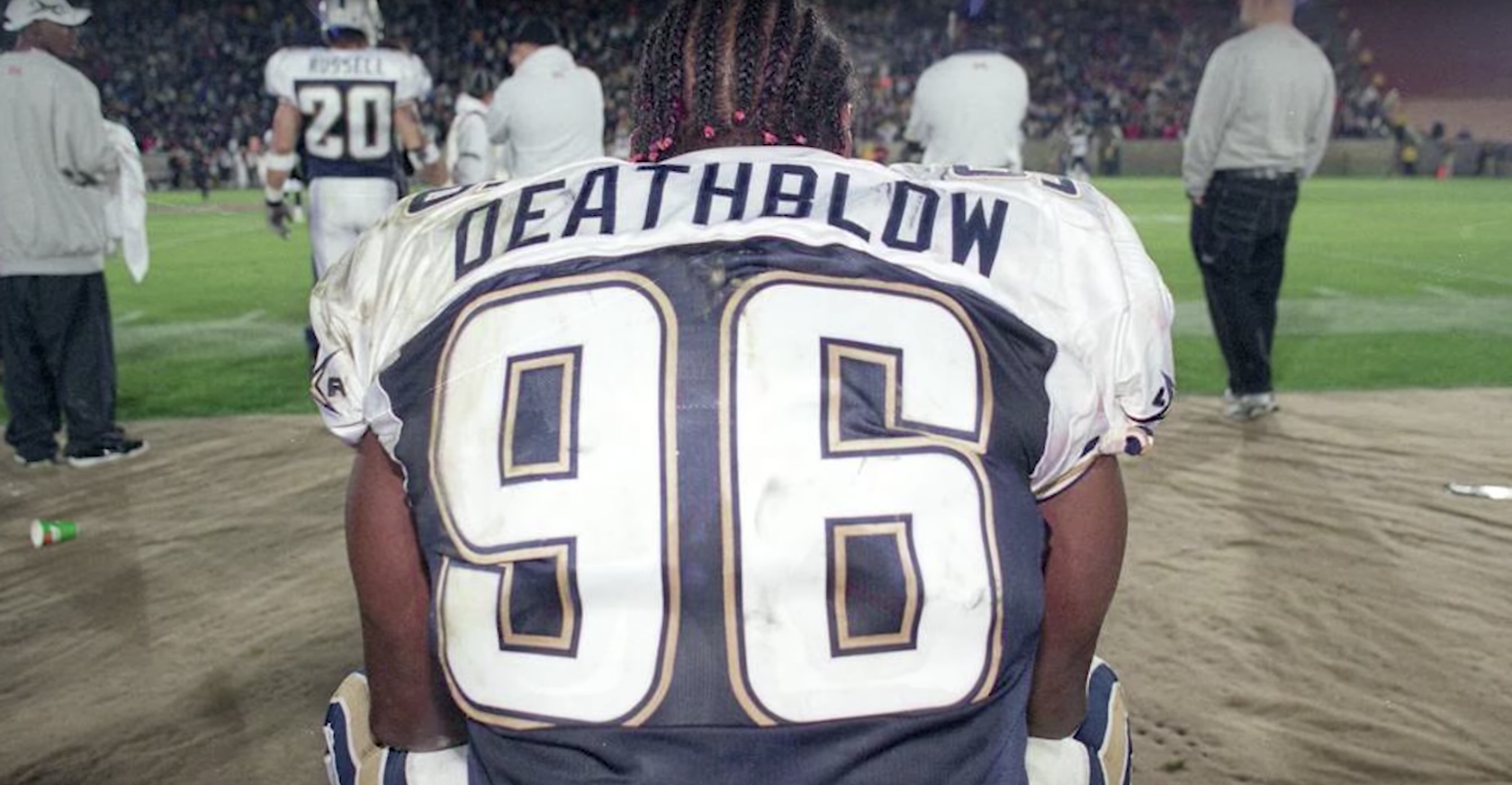
The constant changing of the rules hurt the quality of play as well. Coaches and players struggled with adjusting to the changes. This led to games with little offensive production that was criticized as slow, sloppy and uninteresting by the media.
Another factor in the company’s game quality were the players. There were 475 players involved in the inaugural season’s draft and each team had a roster of 38 athletes, compared to 53 in the NFL, resulting in a lack of depth in non-quarterback positions.
Most eligible players came from either the CFL, the Arena Football League, NFL Europe, were retired NFL players or were previous college players who had gone undrafted by the NFL but had not yet signed with another league.
The presentation of the league was a source of controversy. McMahon was ridiculed by mainstream sports media, due to his connections to fake pro-wrestling. This perception followed the XFL, as few mainstream sports media entities would cover it, and the ones that did were not kind to the organization.
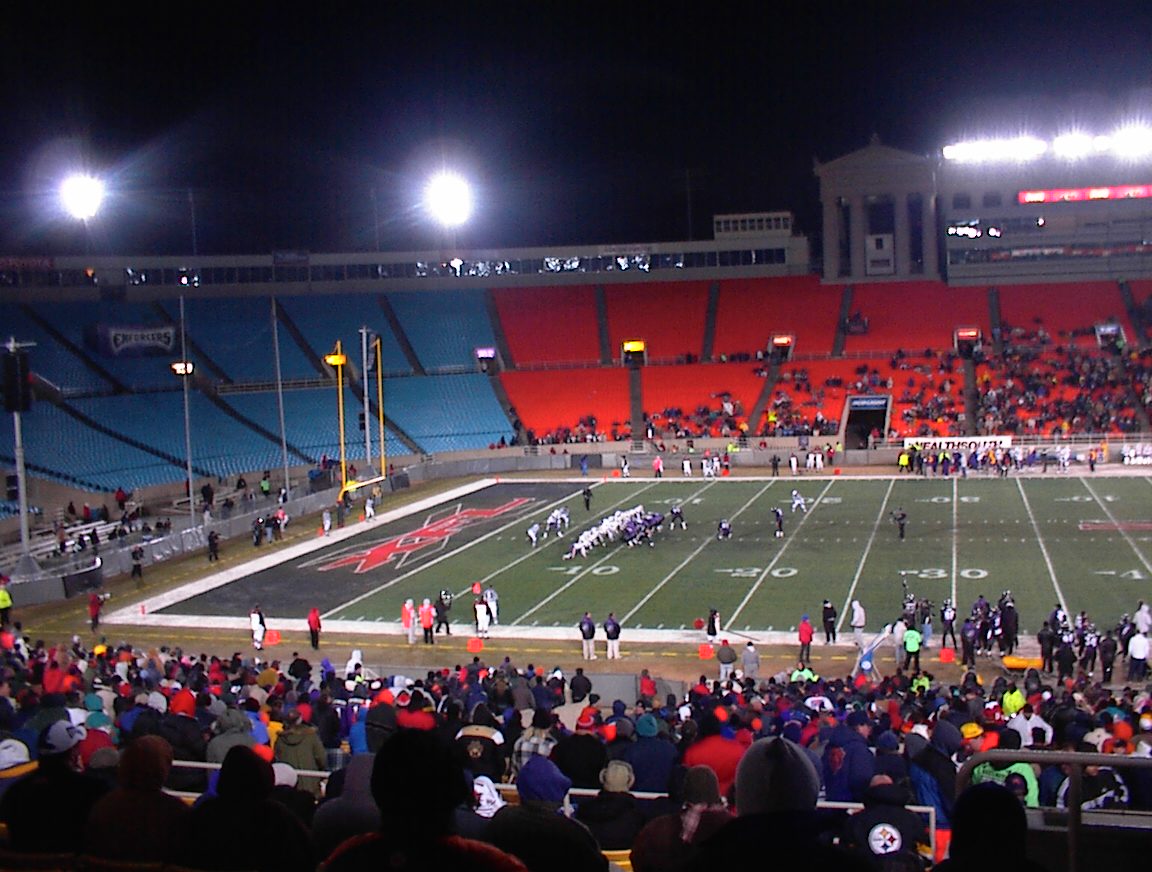
A February 2001 edition of Sports Illustrated featured the XFL on the cover with the description being “sleazy gimmicks and low-rent football.”
McMahon appeared on longtime football analyst Bob Costas’ program “On the Record” in the middle of the season. McMahon’s confrontational and defiant attitude only lowered public opinion of the league.
Costas later commented his feelings on the encounter with McMahon and the league as a whole:
“Everything about it screamed to me schlock and crap. Everything that subsequently occurred validated that impression.”
The addition of wrestling elements such as storylines, commentators playing characters and skits hindered the league as well.
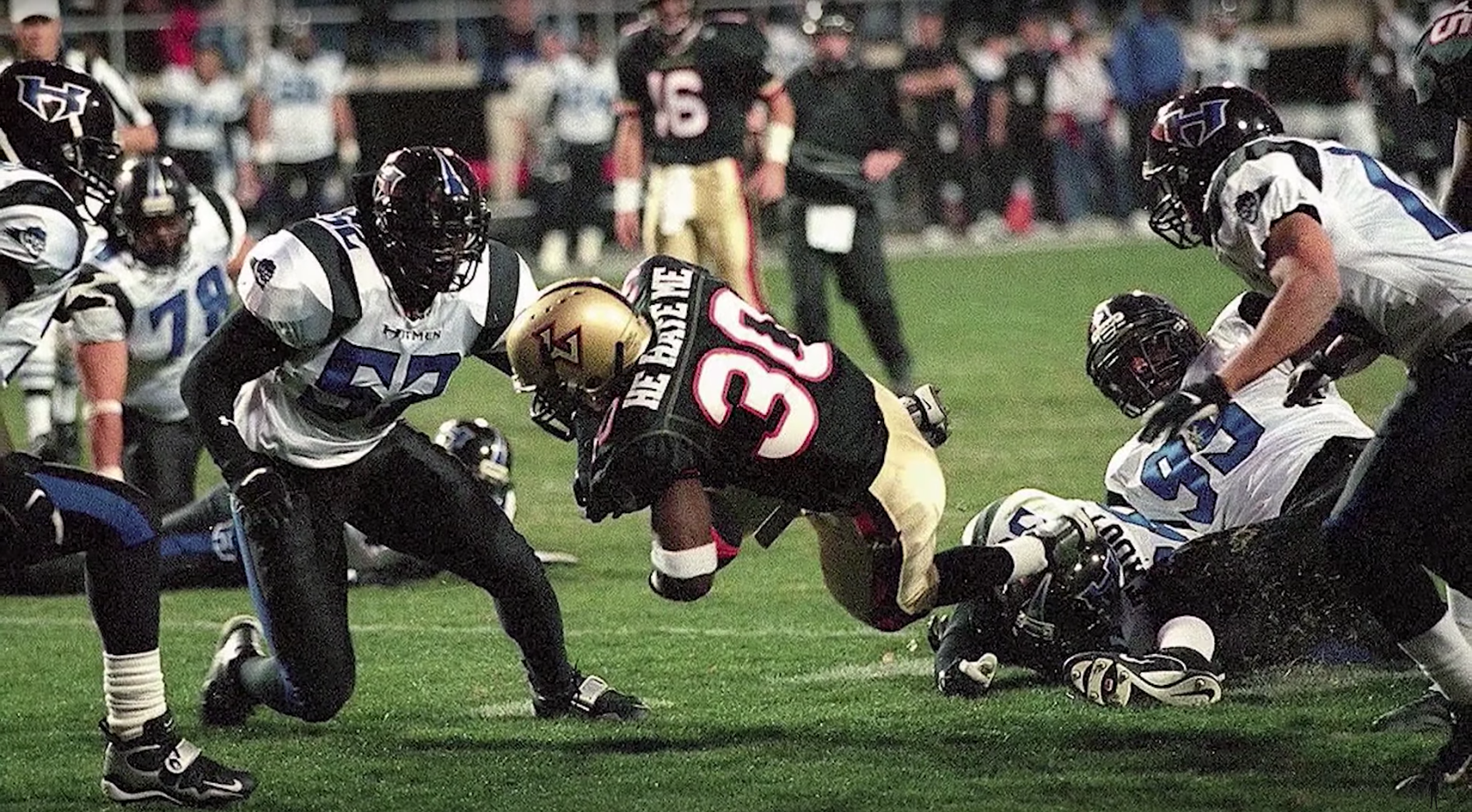 Every team had scantily clad cheerleaders that danced provocatively and were encouraged to participate in storylines and become romantically involved with players. It was an environment fostered by McMahon in an attempt to increase viewership according to the ESPN “30 for 30” film called “This Was the XFL.”
Every team had scantily clad cheerleaders that danced provocatively and were encouraged to participate in storylines and become romantically involved with players. It was an environment fostered by McMahon in an attempt to increase viewership according to the ESPN “30 for 30” film called “This Was the XFL.”
The use of storylines, appearances by WWE personalities such as McMahon and The Rock and games being commentated by wrestling announcers Jesse Ventura, Jim Ross and Jerry Lawler damaged the reputation of the league and caused fans and media figures to believe the action was fake and pre-determined like professional wrestling.
Accidents also plagued the season. During the Los Angeles Xtreme versus Chicago Enforcers game in week two, a power outage occurred due to a generator not being fueled. The game was off the air for 15 minutes before the problem was fixed, causing a drop in viewership.
The same game then went into double overtime, and pushed back the airing of “Saturday Night Live” by 45 minutes, angering its creator and influential NBC personality Lorne Michaels.
Teams faced a large number of injuries during the season, with two running their third string quarterback by the end of the season.
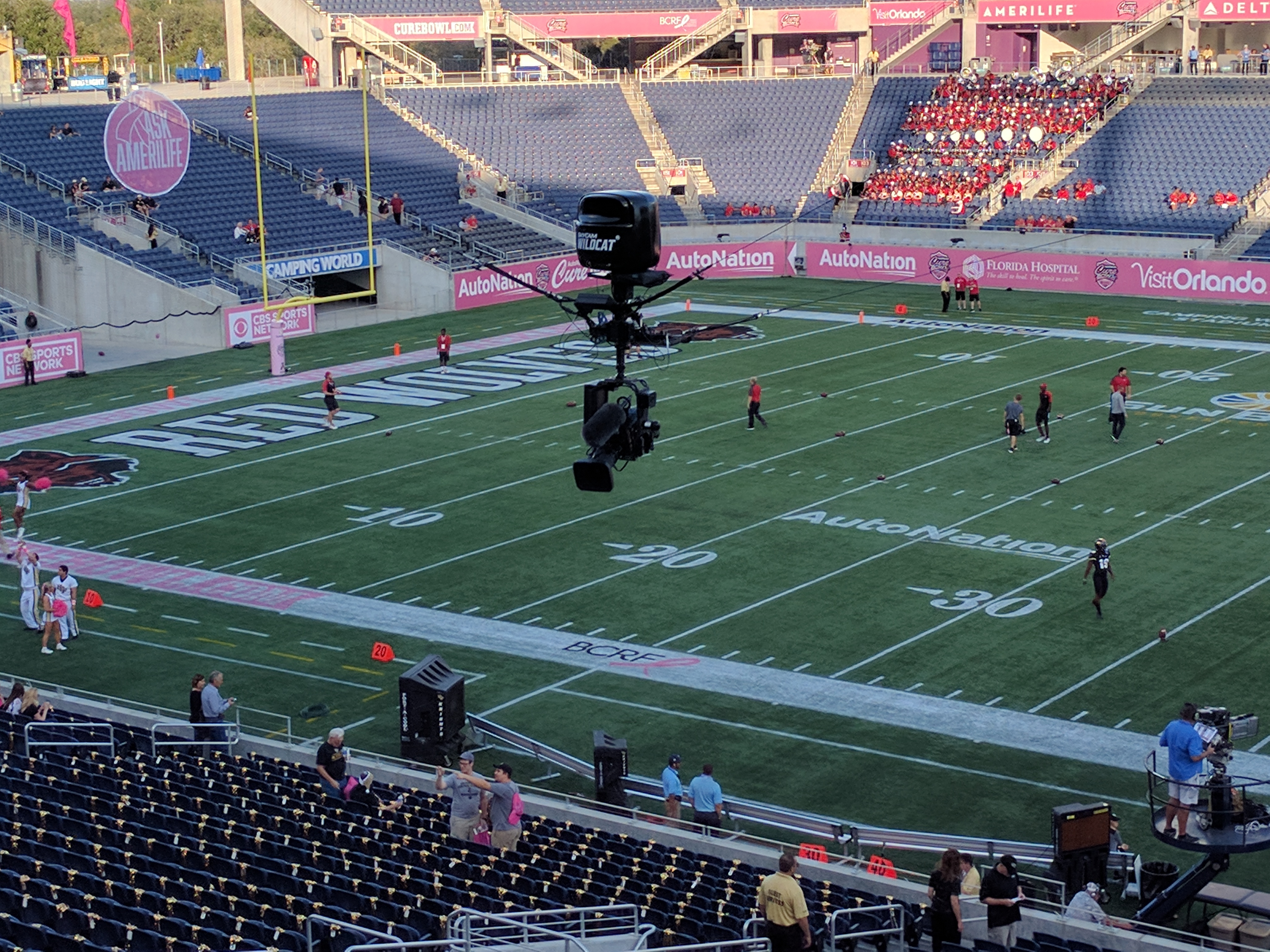
These issues led to a loss of $35 million dollars by the end of the season and the ending of the league. It was considered a flop by sports media, those involved with professional football and McMahon himself, who called it a “colossal failure.”
However, some aspects of the XFL lived on after its death. While it wasn’t the first to do so, it popularized the use of the sky cam, which was an overhead shot that focused on the action behind the offense. It was an acclaimed choice and was picked up by the NFL, becoming a staple of their camerawork.
They also used the Bubba cam, which was a cameraman running on the field and getting up close with the action. It did result in a couple injuries, but was applauded for making the presentation look like a video game.
There were some notable players to come out of the XFL as well, including Tommy Maddox and Rod “He Hate Me” Smart.
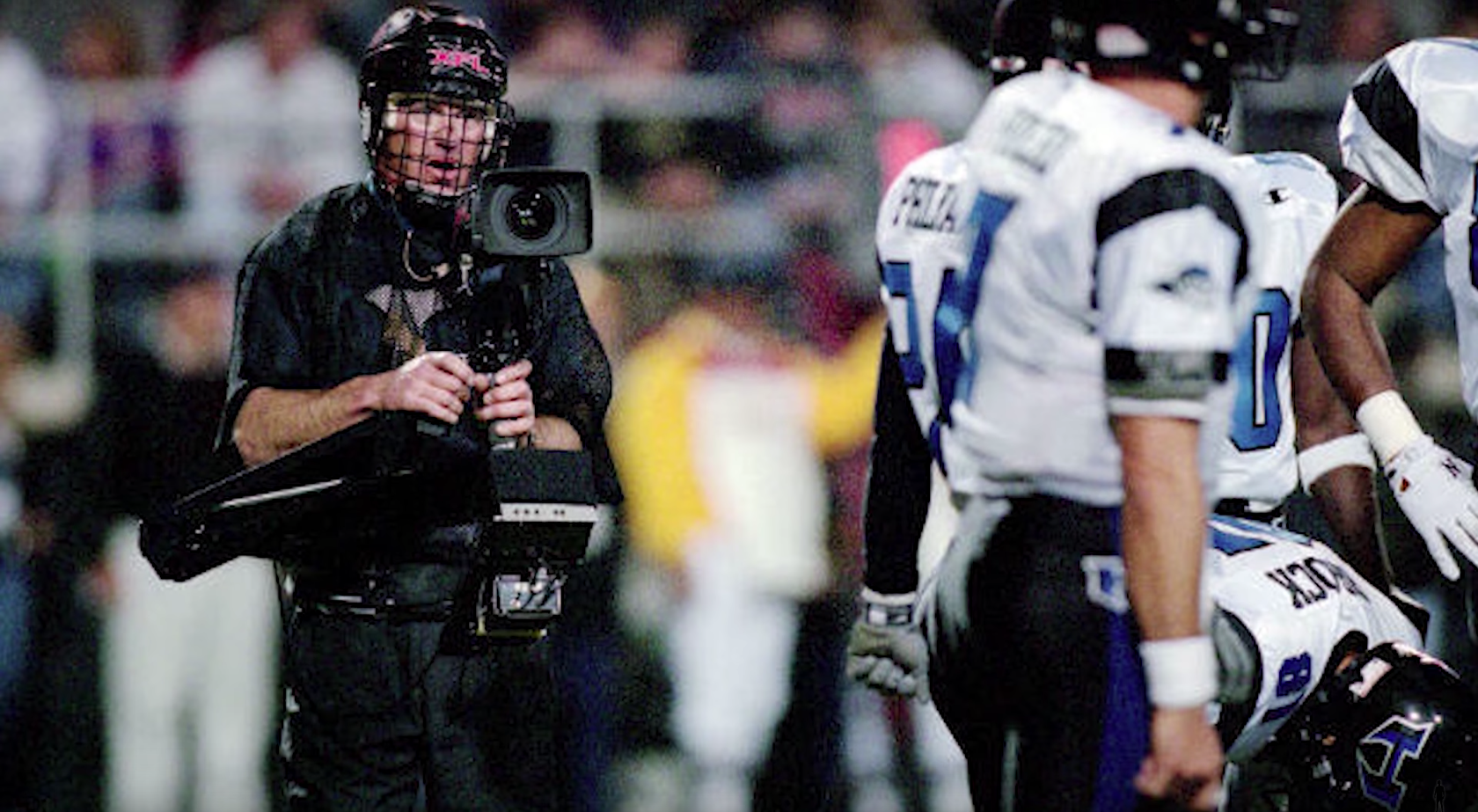
Maddox was the quarterback for the LA Xtreme and led them to win the final game of the season. He was the league MVP. He then signed with the Pittsburgh Steelers in 2002, leading them to a 10-1-5 season.
He was injured after two more seasons and became a backup to Ben Roethlisberger. He was part of the team when they won Super Bowl XL in 2005.
Rod Smart played for the Las Vegas Outlaws in the XFL and became popular for the phrase on his jersey, “He Hate Me.” It became the highest selling jersey in the league.
Smart explained the meaning of the phrase in 2004:
“Basically, my opponent is going to hate me. After I win, he’s gonna hate me. It is what it is. It’s a saying I was saying when I’d feel something wasn’t going my way.”
He then went on to play for the Philadelphia Eagles for a season, and then joined the Carolina Panthers from 2002 to 2006, winning an NFC Championship in 2003 and playing in Super Bowl XXXVIII.
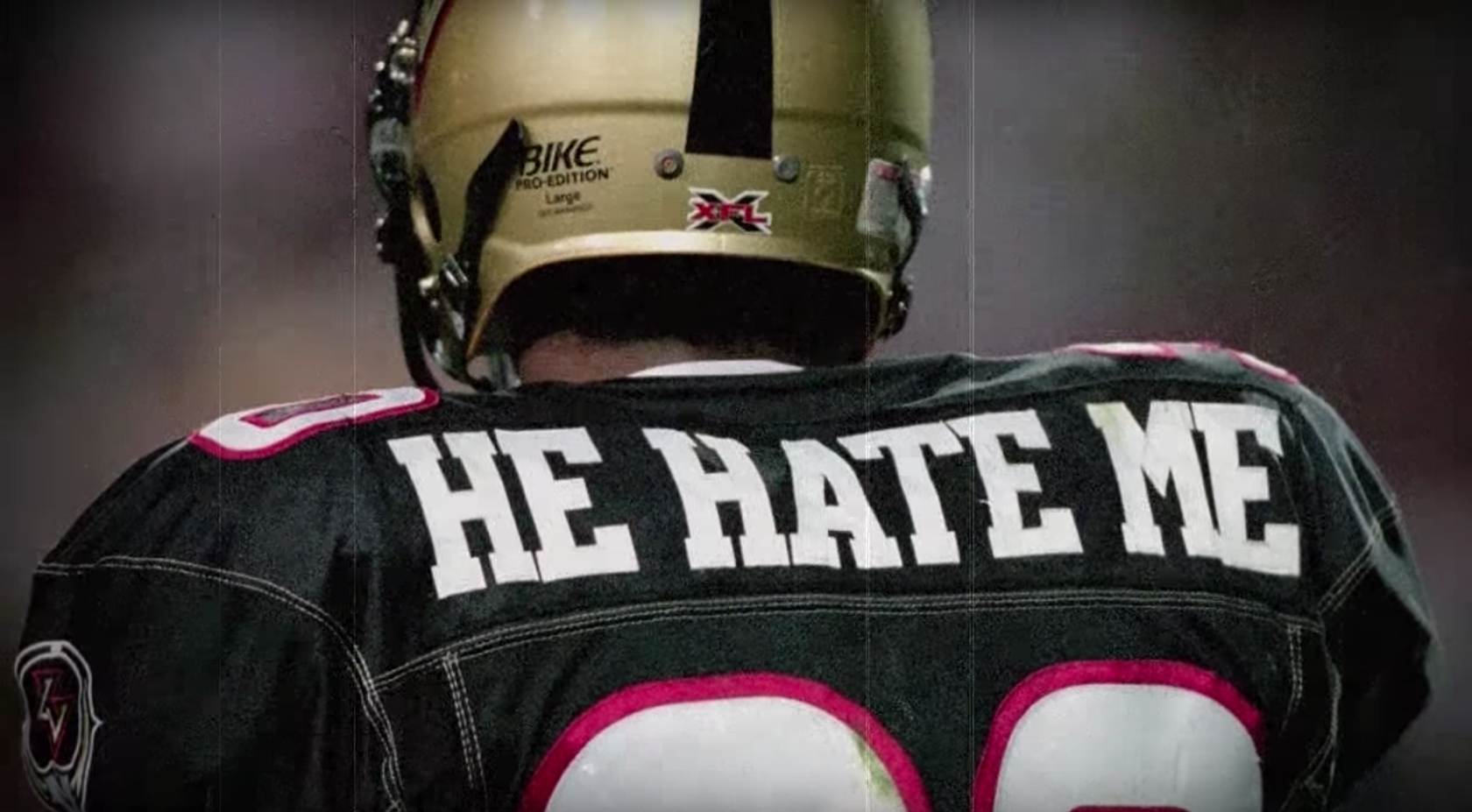 In total, 39 XFL players went on to play in the NFL. Nine of them played in a Super Bowl and six of them won.
In total, 39 XFL players went on to play in the NFL. Nine of them played in a Super Bowl and six of them won.
The XFL was a failed experiment that was a spectacle for sports media and fans, and provided innovations in camera work and noteworthy players to the NFL.
Henry Wolski
Executive Editor


